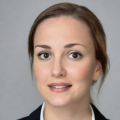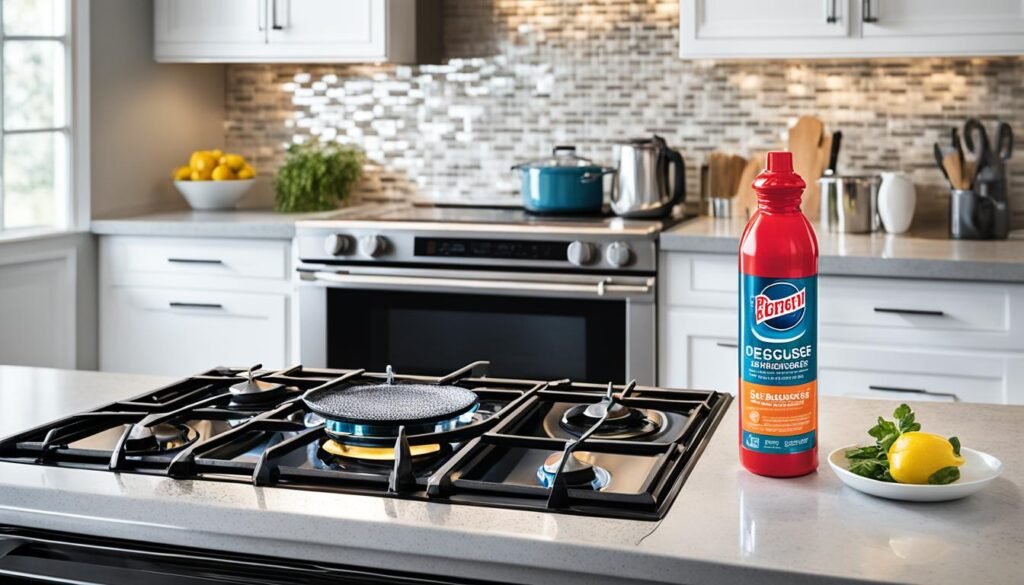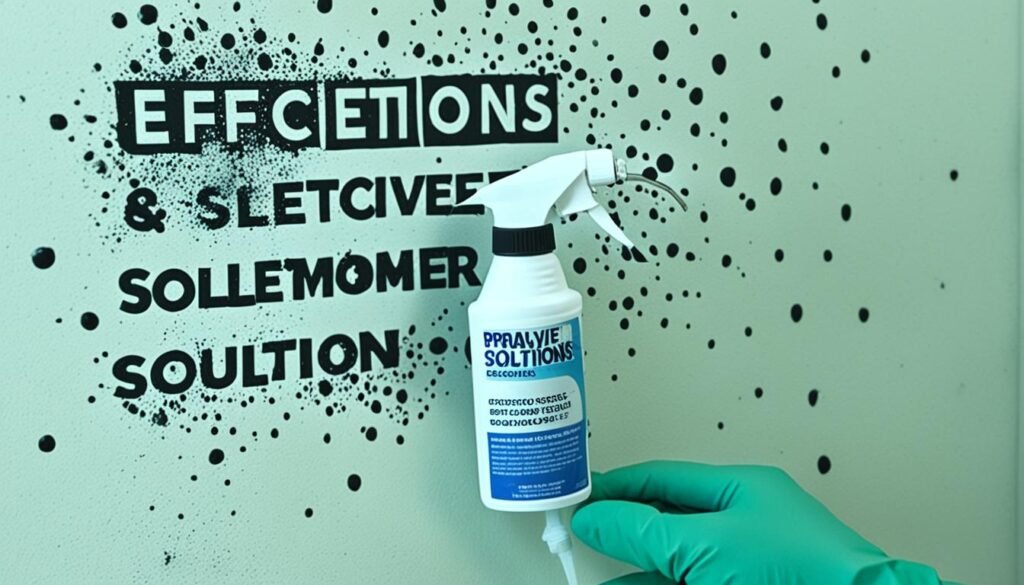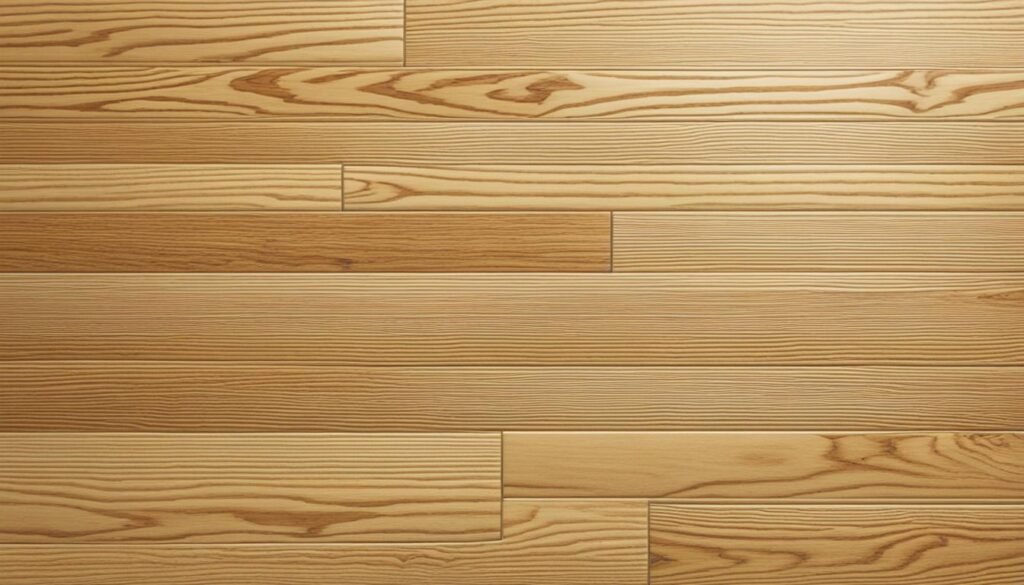When choosing the best wood for your shelving needs, there are a few key factors to consider. The type of wood you select will not only impact the appearance of your shelves but also their durability and functionality. So, which wood types should you be looking at?
Are there certain woods that are better suited for shelves than others? Let’s explore the top wood options for shelving and discover the ideal wood types for your shelves.
Key Takeaways:
- Reclaimed wood like oak or maple is an environmentally friendly option that adds character to accent shelves.
- Lighter woods like pine or cedar are often used for thicker shelves due to their stability and appearance.
- Consulting professionals are recommended to determine the best wood thickness for your shelving needs.
- Poplar wood is a beautiful and durable choice for shelves, while cedar requires regular maintenance.
- The weight capacity of shelf brackets can range from 30 to 50 pounds, depending on the material.
Best Wood Types for Bookshelves
When constructing bookshelves, selecting the right type of wood is paramount for ensuring durability and longevity. Here are some top choices to consider:
Plywood
- Cost-Effective: Plywood is a budget-friendly option that offers good strength and stability.
- Variety: Options like oak, maple, or cherry plywood provide durability without compromising aesthetics.
Solid Wood
- Cherry, Birch, Maple, Mahogany: These woods are renowned for their strength, versatility, and natural beauty.
- Customization: Solid wood can be easily customized and finished to match your desired style.
Premium Choices
- Mahogany, African Padauk, Koa: Prized for exceptional durability and longevity, these woods are top-rated options for bookshelves.
- Availability and Cost: While these woods may be more expensive and less readily available, they offer unparalleled quality and aesthetics.
Avoid
- Particleboard, MDF, and Softwoods like Pine: These materials lack the durability and long-term rigidity required for sturdy bookshelf construction.
By choosing from these recommended wood types and avoiding less suitable materials, you can ensure that your bookshelves are functional, aesthetically pleasing, and built to last.
| Wood Type | Advantages |
|---|---|
| Plywood (oak, maple, or cherry) | Cost-effective, durable, and visually appealing |
| Cherry, birch, maple, and mahogany | Strong, versatile, and customizable |
| Mahogany, African padauk, and koa | Exceptional durability and longevity |
| Particleboard, MDF, and pine | Not recommended due to lack of durability and rigidity |
By selecting the suitable wood for your bookshelves, you can ensure they serve their purpose and add beauty and character to your space. Consult with professionals or further research to determine which wood type best meets your needs and budget.
Best Wood Types for Floating Shelves
When it comes to floating shelves, choosing a suitable wood is essential for ensuring their strength, reliability, and long-lasting appeal. Solid, sustainable hardwoods are the ideal choice for floating shelves as they are more resistant to warping and bowing over time. Explore the best wood types for creating sturdy and beautiful floating shelves.
- Alder: Alder wood is known for its rustic grain and knots, providing a unique and natural look for your floating shelves.
- Walnut: With its rich, dark color, walnut wood adds a touch of elegance to any space. It is also highly durable and can withstand the test of time.
- Cherry: Cherry wood is durable and aesthetically pleasing, offering your floating shelves a warm and inviting appearance.
- White Oak: White oak is a versatile wood naturally resistant to the elements, making it an excellent choice for floating shelves in humid or damp environments.
- Maple: Maple wood features a smooth and uniform grain, allowing for precise coloring and a clean, contemporary look.
- Mahogany: Mahogany is renowned for its rich and gorgeous appearance, making it a popular choice for floating shelves that demand attention.
These woods offer various options to suit different decor styles and preferences. By selecting one of these top-rated wood types, you can ensure a long-lasting floating shelf installation that will enhance the beauty and functionality of your space.

Are you seeking more guidance on selecting a suitable wood for your floating shelves? The following section will provide further considerations to help you decide on your next project.
Continue reading Section 4 – Design Considerations for DIY Shelves.
Design Considerations for DIY Shelves
When embarking on a DIY shelving project, several key considerations can ensure both durability and functionality while enhancing the aesthetic appeal of your space.
Wood Selection
- Choose Quality Materials: Opt for sturdy hardwoods like cherry, birch, maple, or mahogany for durability and longevity. Avoid materials prone to sagging or warping, such as particleboard, MDF, or softwoods like pine.
- Consider Plywood Options: ¾-inch plywood is a standard and cost-effective choice, while primed, cabinet-grade plywood with veneer trim offers a more refined finish.
Customization
- Adjust Thickness and Depth: Customize the thickness and depth of your shelves to increase strength and accommodate larger or heavier items.
Design Elements
- Aesthetic Integration: Consider how the shelves will fit into your space and the overall aesthetic you wish to achieve. Incorporate decorative trim or molding to enhance visual appeal.
Tools and Equipment
- Ensure Safety: Equip yourself with safety glasses and the necessary tools, including measuring tape, saws, clamps, and drills, to ensure precise cuts, proper alignment, and secure installations.
By carefully considering these design elements and using the recommended tools, you can create DIY shelves that meet your functional needs and elevate your space’s style and ambiance.

Selecting the Right Wood for Your Shelves
Choosing the appropriate wood for your shelves is crucial for ensuring both durability and aesthetic appeal. Consider the following factors when making your selection:
Durability
- Weight-Bearing Capacity: Prioritize woods that can support the weight of your items without sagging or breaking, especially for heavy items or broader shelves.
Aesthetics
- Rustic vs. Refined: Decide on the look and feel you want for your shelves. Reclaimed wood like oak or maple adds rustic charm and character, while hardwoods like cherry, walnut, or mahogany offer a more polished and elegant appearance.
Project Needs
- Strength vs. Weight: Determine whether you need lightweight or thicker, sturdier shelves. Lighter woods like pine or cedar are suitable for wider shelves, while hardwoods like oak, maple, or walnut provide strength and durability.
Maintenance
- Upkeep Requirements: Consider the maintenance needs of the wood. Some woods, like cedar, may require regular upkeep to preserve their appearance and longevity.
Professional Guidance
- Consultation: Don’t hesitate to seek advice from professionals who can offer valuable recommendations based on your needs and preferences.
By carefully considering these factors and seeking expert guidance, you can select the perfect wood for your shelves. This ensures both functionality and visual appeal, resulting in storage solutions that enhance the beauty and utility of your space.
Author
-

Anne Williams is a passionate wordsmith, blending creativity with expertise in SEO to craft captivating content. With a penchant for concise yet compelling prose, she brings stories to life and leaves readers craving more. When she's not penning her next masterpiece, you can find her exploring new coffee shops or lost in the pages of a good book.
View all posts






